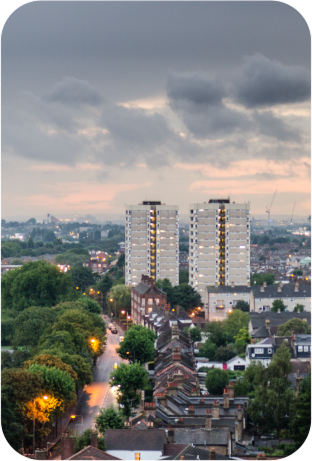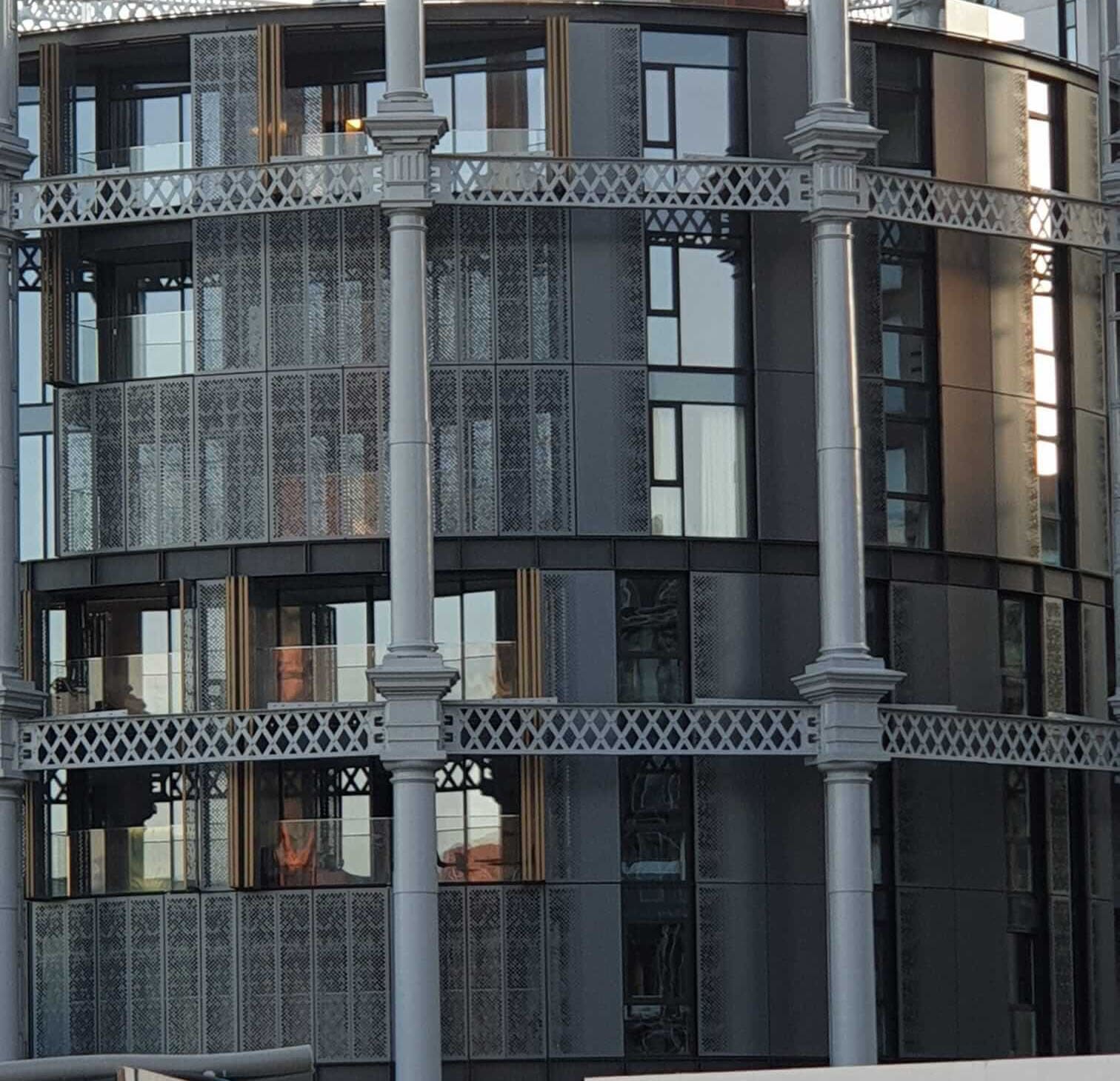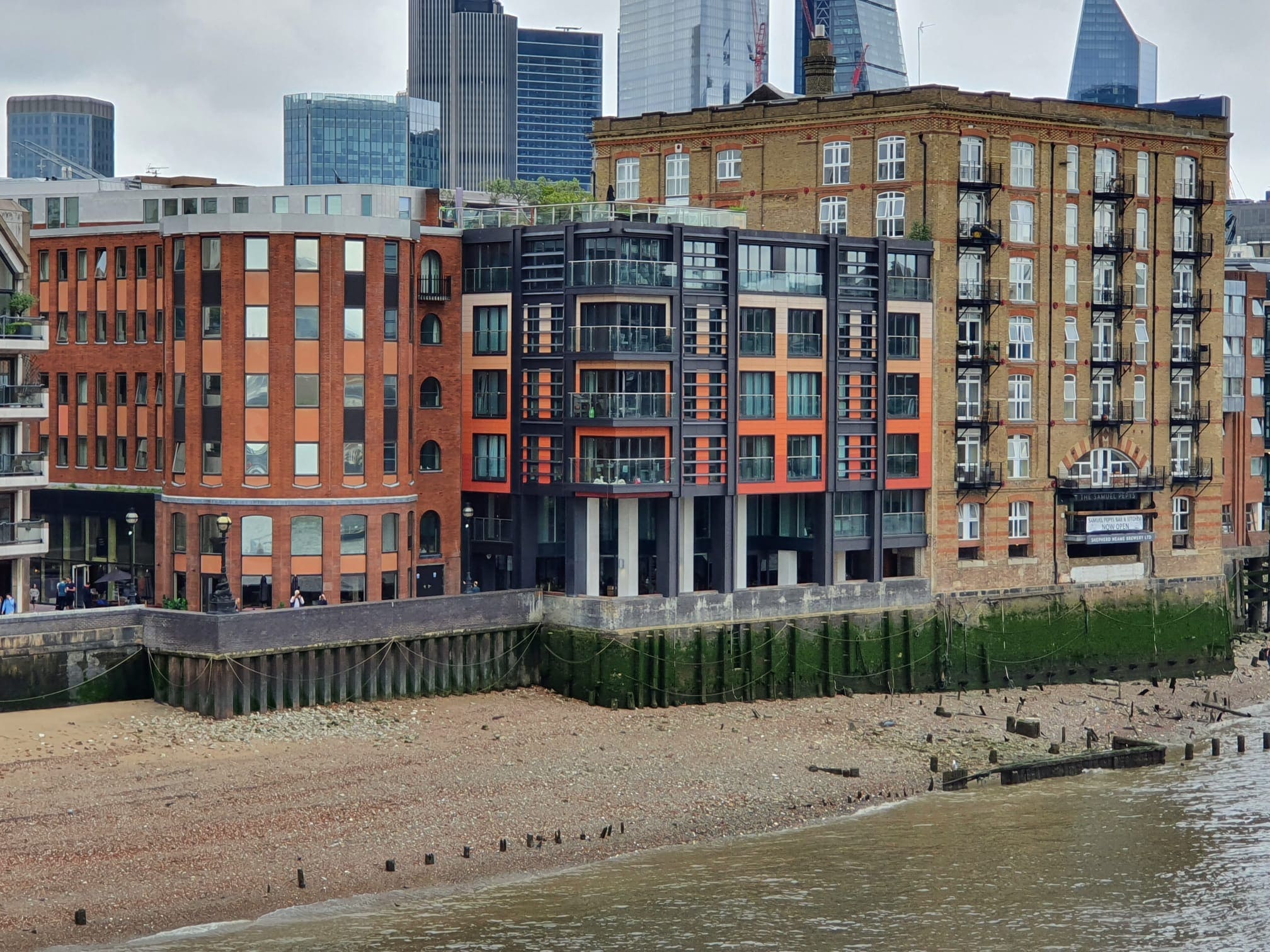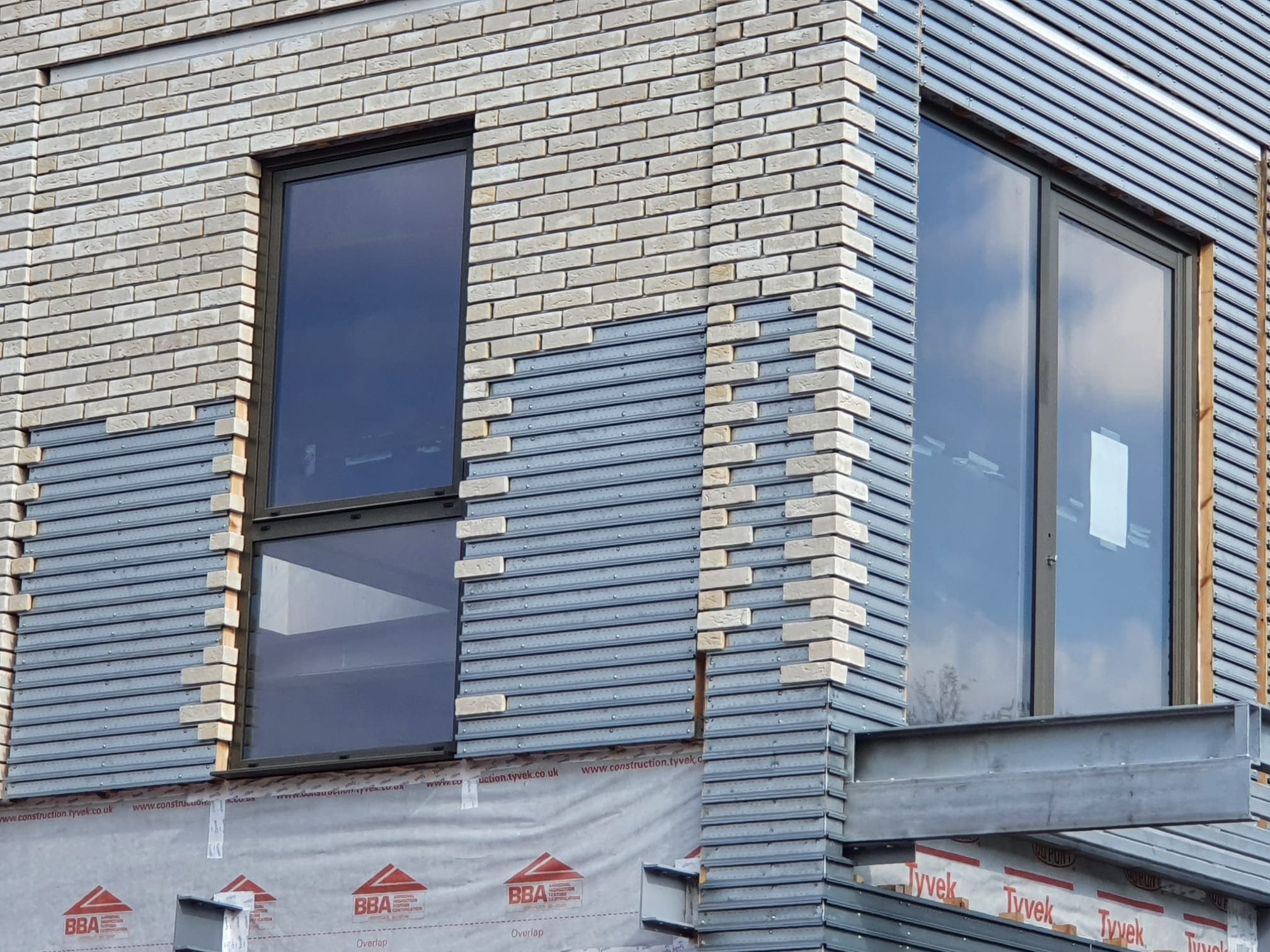26/10/2020
by: Mary-Anne Bowring/Inside Housing

The losses
The total loss of a hotel and bird observatory to fires on the Shetland Islands have not made much of an impact on the built environment sector. But should they serve as a warning about the risk of offsite construction, asks Peter Apps It was 12.30am when Jonathan (not his real name) woke up. An automated voice had disturbed his sleep: “There is an emergency situation in the hotel. Please stand by for further information.” A worker on an offshore gas plant, he was used to alarms in the middle of the night, and he went to the window to check for any signs of fire. He saw none – just the dark night of the Shetland Islands, nearly 300 miles off the coast of Scotland. But there was no noise, no smell of burning.
Jonathan started to think he had dreamt the alarm, and was about to go back to bed. But then it crackled into life once more: “There is an emergency. Please evacuate the hotel immediately.” Jonathan grabbed his phone and walked out of the building – The Moorfield Hotel in the village of Brae, Shetland. His colleagues, all workers on a Total offshore gas rig, and a couple, who were visiting Shetland for a cycling holiday, joined him outside. For around 40 minutes, they stood around in the chilly car park chatting, suspecting it was a false alarm. “The boys were joking around saying, ‘My laptop’s in there, my watch is in there,’ but the fire brigade were there so we all thought they will put this out,” Jonathan recalls. But then they saw flames under the roof. Around 30 minutes later, the entire roof was alight. “The fire brigade didn’t really seem to have the equipment to deal with it,” Jonathan recalls. “Pretty early on when they went up and inside, they all kind of walked down pretty calmly.
The impression I got was, ‘There’s not much we can do here.’” Coaches arrived to take the guests to another hotel. As they left, Jonathan and his colleagues could see flames spreading down into the hotel rooms, devouring the possessions they brought for their long stints on the rig. By morning, the entire hotel was a heap of smouldering rubble. Fires should not spread in this way. Whole buildings should not be lost. But this is not the first time the islands had experienced such an event recently. In April 2019, a blaze broke out in a large bird observatory and guest house on Fair Isle, tearing through its structure. Volunteer firefighters on the tiny island (population: 60) found themselves contending with a fire they could not hope to contain.
Additional firefighters landed in helicopters and arrived by ferry. But like the hotel, the observatory was reduced to a pile of wreckage. The loss was felt intensely on Fair Isle. The building – which had 24 bedrooms, lounge and dining facilities, a shop, offices and separate accommodation for the warden and his family – was the linchpin of the small island’s fragile economy. What links these two buildings, as well as their destruction in a fire, is the way they were built. Shetland is not an easy place for traditional construction. Not only is it remote, but the weather conditions in the middle of the North Sea are far from ideal. So in recent years, the islands have embraced something that is now becoming increasingly popular in mainland UK: modern methods of construction (MMC). Both buildings were constructed into modules in factories and then shipped to Shetland on ferries and assembled on site. The 106-bed Moorfield Hotel was built in 2013 from modules constructed in a factory in Northern Ireland out of structural insulated panels (SIPs) – combustible polyurethane insulation held between two sheets of oriented strand board, a product made from compressed wood flakes. This makes a strong, light building product, but also one that is vulnerable to fire. The strand board had a surface spread of flame rating of Class 3 – making it a ‘high-risk’ product in Scottish building regulations – and the plastic insulation was combustible.
The Building and Contractor
The hotel was built by contractor McAleer & Rushe. Frances Maria Peacock, a fire engineer and director of FMP Architectural, says the images of the hotel were “horrifying”. “No building should be able to burn to the extent that there is nothing left of it, and the level of destruction in this case is indicative of how combustible the SIPs were,” she says. McAleer & Rushe did not respond to a request for comment on this story, but has previously said it has provided all relevant documentation to the local fire service for review. The bird observatory was constructed to replace a previous observatory in 2010. It too was built into modules offsite, at a factory in Orkney. It was constructed from glue laminated timber and JJI-Joists – engineered timber made by James Jones & Sons.
The firm’s website boasts of a 45% market share and use by “every major UK house builder”. A spokesperson for James Jones & Sons said that as it had no influence on the design or specification of the building, it did not wish to comment. Still listed as a case study on the Timber Trade Federation website, the structure comprised 30 engineered timber modules, made from 9,300 linear metres of wood. The exterior was made from timber cladding panels with an insulation system comprising a cavity and a heat pump to keep the building warm. Investigations into both fires are ongoing and – given the total destruction – likely to be difficult. But both fires raise a large an urgent question: are these buildings a canary in the coal mine for the use of modular more widely in the UK? Modular and MMC construction is a rapidly growing trend in UK construction. The case for it is well known: it can be both quicker and far more environmentally friendly than traditional building methods and may help to solve some chronic workforce and construction quality issues.
The number of residential developers has grown in recent years and housing associations are required to deliver 25% of their ‘strategic partnership’ deals with government through MMC. But as we expand this sector, have we taken the time to really understand the fire risks? “The huge benefit of modular construction is if you do it right you can do everything better and safer. But you need to invest in the research and design up front to ensure you understand the risks. I’m not seeing that being done,” says Dr Rory Hadden, a lecturer in fire investigation at the University of Edinburgh. “If you use the analogy of building a car, you invest a lot of time in the research and design, the crash testing, the safety – and line all of that up before selling to people.
The construction sector hasn’t quite got that mindset.” There are two aspects of modular construction that worry experts: the use of combustible materials for the structure of the building and the presence of large cavities through which fire can spread. Jon Curtis, director of Ringley Building Engineering, says: “You can have a superb compartment fixed to another superb compartment, but there will be gaps and cavities where they join. That’s where we need the focus to be. If you can’t put the Meccano set together properly what you create is a risk for substantial fire spread.” This is a serious problem. If flames enter a cavity, it is near impossible for the fire service to put the blaze out. And if the structure is combustible, you have the conditions for rapid fire spread, which could totally destroy the building.
https://www.insidehousing.co.uk/insight/are-two-fires-on-the-shetland-islands-a-canary-in-the-coal-mine-for-modular-construction-68170
 1529
1529












Keep up to date
(Weekly, fortnightly or monthly)
To find out more what we do with your data, please read our Privacy Policy

 0
0













